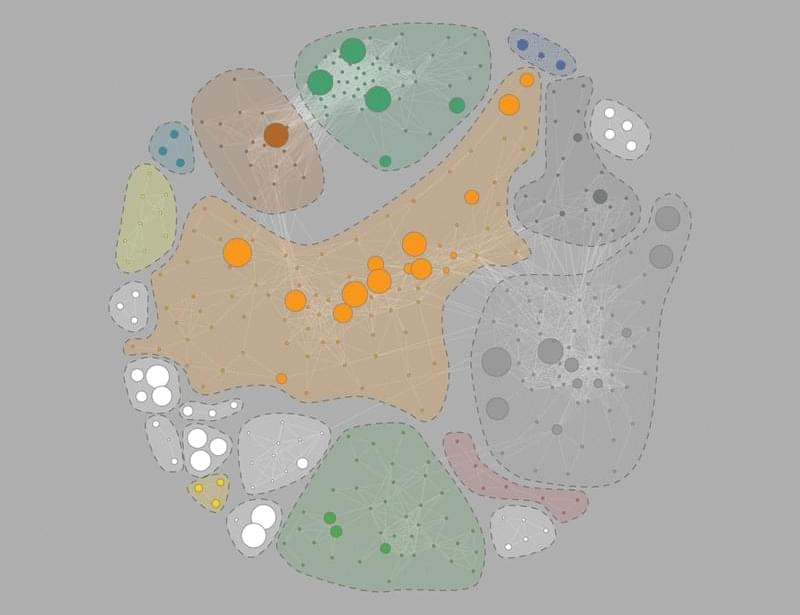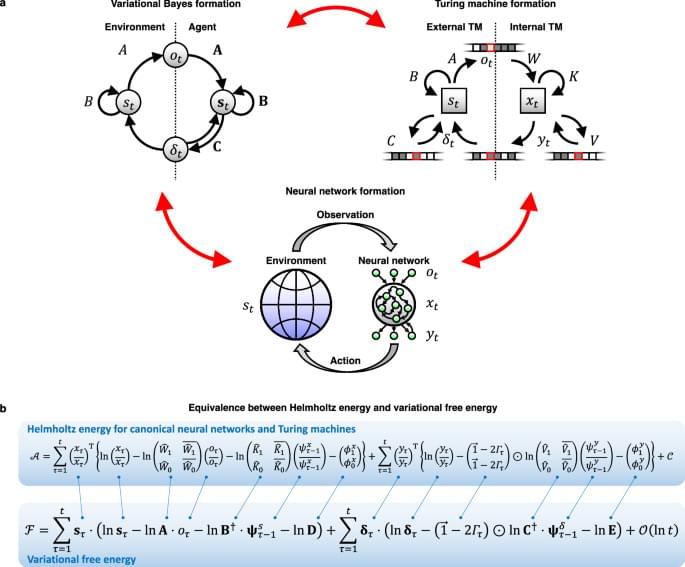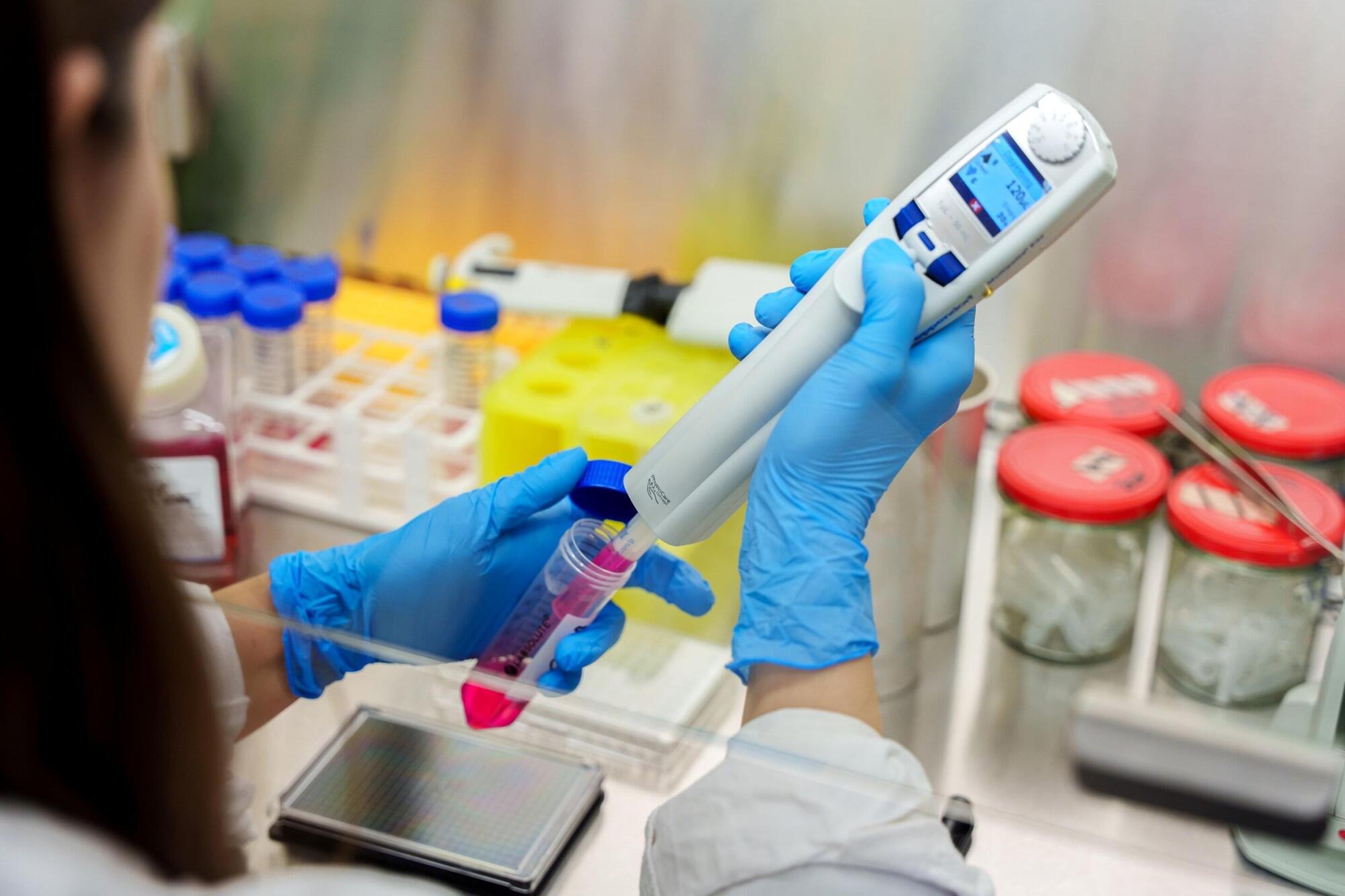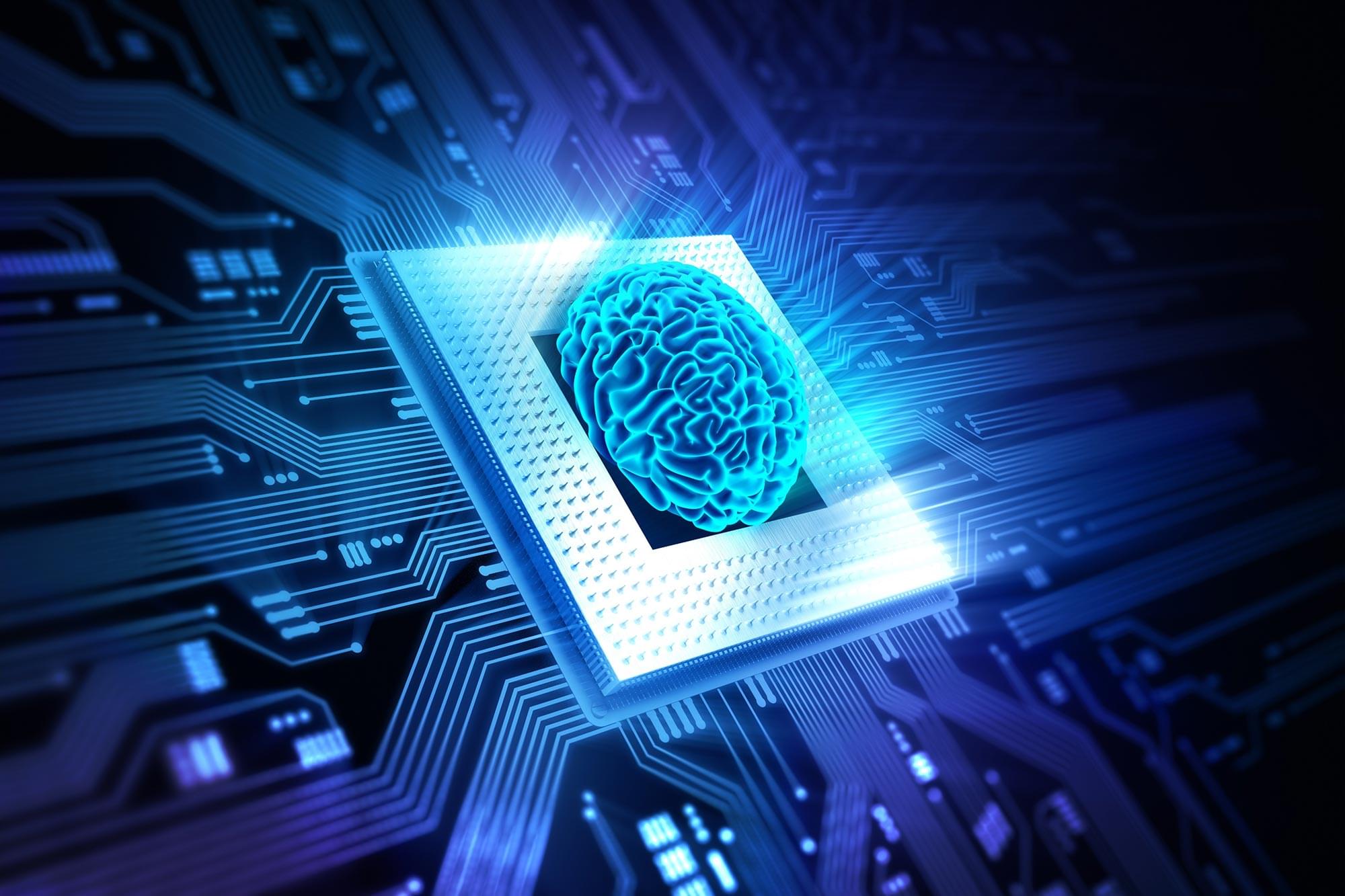The transcription factor Foxo1 has context-specific roles in the regulation of intestinal TRM cells.



Characterizing the intelligence of biological organisms is challenging yet crucial. This paper demonstrates the capacity of canonical neural networks to autonomously generate diverse intelligent algorithms by leveraging an equivalence between concepts from three areas of cognitive computation: neural network-based dynamical systems, statistical inference, and Turing machines.

After confirming the potential historic observation, the results were evaluated for several possible errors. The work was also analyzed independently. Each time, the team came back to the conclusion that they may have found the first potential signs of life outside our solar system.
“It was an incredible realisation seeing the results emerge and remain consistent throughout the extensive independent analyses and robustness tests,” said co-author Måns Holmberg, a researcher at the Space Telescope Science Institute in Baltimore.
Notably, the concentrations of either DMS or DMDS spotted by JWST were thousands of times higher than concentrations found on Earth. According to the Cambridge astronomers, detecting high levels of either of these chemicals on Hycean (ocean) worlds due to large amounts of biological activity was previously predicted.

Real-world social cognition requires processing and adapting to multiple dynamic information streams. Interpreting neural activity in such ecological conditions remains a key challenge for neuroscience. This study leverages advancements in de-noising techniques and multivariate modeling to extract interpretable EEG signals from pairs of participants (male-male, female-female, and male-female) engaged in spontaneous dyadic dance. Using multivariate temporal response functions (mTRFs), we investigated how music acoustics, self-generated kinematics, other-generated kinematics, and social coordination uniquely contributed to EEG activity. Electromyogram recordings from ocular, face, and neck muscles were also modeled to control for artifacts. The mTRFs effectively disentangled neural signals associated with four processes: (I) auditory tracking of music, (II) control of self-generated movements, (III) visual monitoring of partner movements, and (IV) visual tracking of social coordination. We show that the first three neural signals are driven by event-related potentials: the P50-N100-P200 triggered by acoustic events, the central lateralized movement-related cortical potentials triggered by movement initiation, and the occipital N170 triggered by movement observation. Notably, the (previously unknown) neural marker of social coordination encodes the spatiotemporal alignment between dancers, surpassing the encoding of self-or partner-related kinematics taken alone. This marker emerges when partners can see each other, exhibits a topographical distribution over occipital areas, and is specifically driven by movement observation rather than initiation. Using data-driven kinematic decomposition, we further show that vertical bounce movements best drive observers’ EEG activity. These findings highlight the potential of real-world neuroimaging, combined with multivariate modeling, to uncover the mechanisms underlying complex yet natural social behaviors.
Significance statement Real-world brain function involves integrating multiple information streams simultaneously. However, due to a shortfall of computational methods, laboratory-based neuroscience often examines neural processes in isolation. Using multivariate modeling of EEG data from pairs of participants freely dancing to music, we demonstrate that it is possible to tease apart physiologically established neural processes associated with music perception, motor control, and observation of a partner’s movement. Crucially, we identify a previously unknown neural marker of social coordination that encodes the spatiotemporal alignment between dancers, beyond self-or partner-related kinematics alone. These findings highlight the potential of computational neuroscience to uncover the biological mechanisms underlying real-world social and motor behaviors, advancing our understanding of how the brain supports dynamic and interactive activities.

It’s no wonder engineers have long dreamed of harnessing these powers in human-made structures. Now, scientists have combined fungus and bacteria to create a living material that stays alive for up to a month and can form bone-like structures. The researchers say this approach could one day be used to create structural components that repair themselves.
“We are excited about our results and look forward to engineering more complex and larger structures,” Chelsea Heveran at Montana State University, who led the study, told New Scientist. “When viability is sufficiently high, we could start really imparting lasting biological characteristics to the material that we care about, such as self-healing, sensing, or environmental remediation.”

An international collaboration between four scientists from Mainz, Valencia, Madrid, and Zurich has published new research in the Proceedings of the National Academy of Sciences, shedding light on the most significant increase in complexity in the history of life’s evolution on Earth: the origin of the eukaryotic cell.
While the endosymbiotic theory is widely accepted, the billions of years that have passed since the fusion of an archaea and a bacteria have resulted in a lack of evolutionary intermediates in the phylogenetic tree until the emergence of the eukaryotic cell. It is a gap in our knowledge, referred to as the black hole at the heart of biology.
“The new study is a blend of theoretical and observational approaches that quantitatively understands how the genetic architecture of life was transformed to allow such an increase in complexity,” stated Dr. Enrique M. Muro, representative of Johannes Gutenberg University Mainz (JGU) in this project.

Researchers from the International Institute of Molecular and Cell Biology in Warsaw (IIMCB) have described a new mechanism that improves the efficiency of mRNA-based therapies. The research findings could facilitate the development of novel therapeutics against cancers and infectious diseases.
The scientific experiments were carried out at IIMCB, but important contributions also came from collaborators at the Faculty of Physics and Faculty of Biology of the University of Warsaw, the Medical University of Warsaw, and the Institute of Biochemistry and Biophysics of the Polish Academy of Sciences. The study by the Polish researchers has just been published in Nature.
“mRNA vaccines played a key role in controlling the spread of the pandemic. However, mRNA itself is an exceptionally unstable molecule. This does not affect the safety of the therapy but limits its effectiveness—for example, by shortening the duration of action. A particularly important role in mRNA stability is played by its so-called poly(A) tail. In our research, we examined these limitations,” says Prof. Andrzej Dziembowski from the Laboratory of RNA Biology—ERA Chairs Group at the International Institute of Molecular and Cell Biology in Warsaw, one of the lead authors of the study.

Researchers at the National University of Singapore (NUS) have shown that a single, standard silicon transistor, the core component of microchips found in computers, smartphones, and nearly all modern electronics, can mimic the functions of both a biological neuron and synapse.
A synapse is a specialized junction between nerve cells that allows for the transfer of electrical or chemical signals, through the release of neurotransmitters by the presynaptic neuron and the binding of receptors on the postsynaptic neuron. It plays a key role in communication between neurons and in various physiological processes including perception, movement, and memory.
In this episode of Bloomberg Primer, we explore the world of biocomputing–where scientists are laying the foundation for a field that may blur the lines between the biological and synthetic.
Bloomberg Primer cuts through the complex jargon to reveal the business behind technologies poised to transform global markets. This six-part, planet-spanning series offers a comprehensive look at the \.
🧠💥 Quantum Particle Zeta‑9 Just Broke the Human Thought Barrier.
A newly discovered particle is doing something no subatomic entity should be capable of — reacting to human thought before it happens. Welcome to the edge of physics, where consciousness and quantum mechanics collide.
In this video, we unpack the stunning results from recent Fermilab experiments involving Zeta‑9, a particle that appears to anticipate human intention. Is it just quantum weirdness—or evidence that the human mind is more than biology?
You’ll discover:
What Zeta‑9 is and how it was discovered.
Why its behavior defies causality and classical physics.